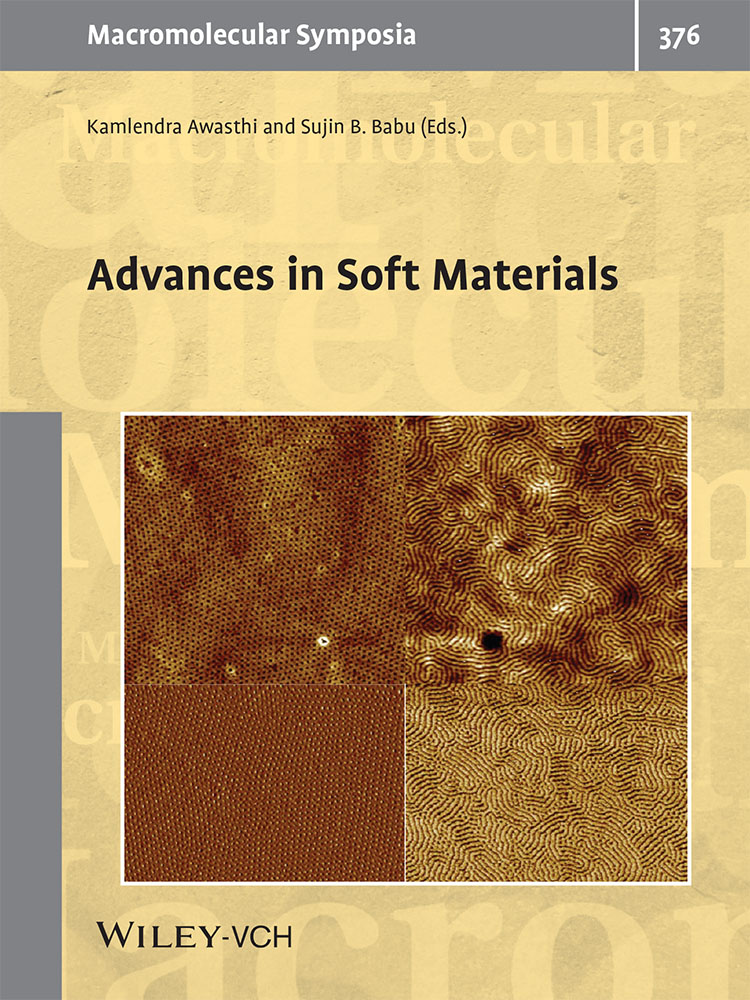Synthesis and Characterization of Graphene Oxide (GO) and Reduced Graphene Oxide (rGO) for Gas Sensing Application
Abstract
In the present investigation, GO was prepared by exfoliation of graphite using modified Hummer's method and then reduced using hydrazine hydrate (reducing agent) to produce rGO. XRD, FESEM, Raman, FTIR spectrophotometer and TGA were used for characterization of GO and rGO. XRD images reveal crystalline structure for both GO and rGO. The d-spacing is observed to be reduced for rGO as compared to that for GO because of removal of oxygen containing functional groups. Raman excitation peaks were obtained for two laser wavelengths 532 and 785 nm. Ratio of intensities of D and G bands (ID/IG) increase for rGO due to increase in order by reduction, implying restoration of the p-conjugation. The bands are narrower for rGO.TGA thermograms show a higher overall loss of weight for GO in the temperature range 0–1000 °C under N2 flow. Intensity of FTIR peaks of oxide, hydroxyl and alkoxy groups decreases significantly on reduction. FESEM image shows more corrugated surface of rGO as compared to GO. It is expected that this investigation would be useful to develop GO/rGO based gas sensors to detect minute concentration of gases.
Conflict of Interest
The authors declare no conflict of interest.




